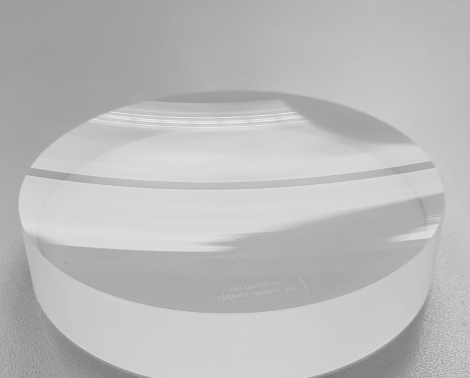Graphite Optics
Graphite optics combines high reflectivity of graphite with the required focusing shape. High stability makes it useful for harsh environments.
Detail information about
Graphite Optics see at the following pages.













